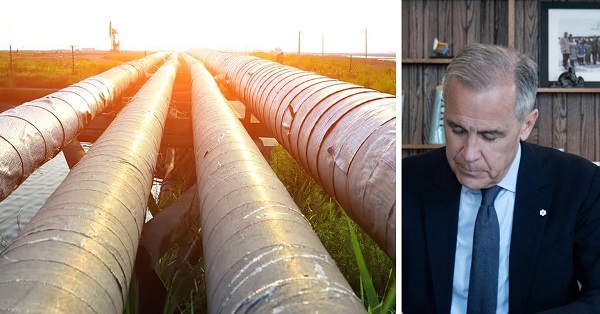Alberta
“A Really Special Place” – Why the Wild Rose Motocross Track is One of a Kind

This summer, as you wander between the breweries and activity centers located in southeast Calgary, pause for a moment – if you listen closely, you may hear the distant rumble of motocross engines as bikes of all sizes careen over jumps and around corners at the Wild Rose Motocross Track.
Located just off Blackfoot Trail in Southeast Calgary, the 88-acre park is backed by the Calgary skyline, a prime piece of land located just minutes from downtown. Founded in the 1960’s as the Blackfoot Motorcycle Park, the track has deep roots in the city of Calgary, and according to WRMA board member David Pinkman, “Few sagas can compete with the wild west history of Calgary’s Wild Rose Motocross Association and its hard-core motocross lovers.”

Photo Credit Eden Schell
In 1984, The Wild Rose Motocross Association (WRMA) was officially formed, and the Blackfoot Motorcycle Park became the Wild Rose. Acting as a major host for a number of national motocross events since the 70’s and nurturing some of Canada’s best professional riders to date, Pinkman argues the “course of Canadian motocross history may not have been the same but for this unique piece of dirt and hills.”
With 7 tracks available including the full-sized Main, East and Hill Tracks, as well as the Extreme Beginner, Mini, Pee Wee, and Enduro Tracks, Wild Rose welcomes riders of all ages and skill levels. “This is the only track of its kind in Canada,” says Michelle McCarthy, newest member of the WRMA board, “It’s right in the centre of the city; it’s got 3 big bike tracks, the smaller tracks and the enduro park. This is a really special place.”
Whether it be your first time on a bike or the day you’re finally going to clear that 15-foot tabletop, the track encourages everyone to come out and ride. “People want to see new riders,” says McCarthy, “they want to see the community flourish. Plus, dirt biking is really, really fun,” she laughs.

Photo Credit Eden Schell
Like countless other Canadian businesses, the Wild Rose Track has taken a hit due to COVID-19, with day pass riders and memberships being significantly down. Open year round – weather permitting – the track normally sees up to 30,000 visits per year. However, due to the pandemic, numbers are currently far lower as the park operates within capacity limits.
As a recreational park on city property, track management wanted to set an example for taking action to reduce the spread of COVID-19, responding rapidly to Alberta Government guidelines by implementing a number of new precautions and preventative measures. This includes constructing wash stations at every track, implementing paperless transactions and COVID-19 symptom screening upon entry to the park, as well as establishing an online scheduling system to limit the number of riders at the track at one time.
In the midst of the new normal, the park remains committed to growing and supporting the motocross community in Calgary and beyond, staying on top of updates that will allow them to return to racing and regular operation as soon as possible. While all spring and summer race series have been cancelled by COVID-19, the WRMA is actively monitoring pandemic updates with the goal of hosting a successful race series this coming fall.
To learn more about the Wild Rose Motocross Association, visit https://www.wildrosemx.com.
For more stories, visit Todayville Calgary.
Alberta
Emissions Reduction Alberta offering financial boost for the next transformative drilling idea
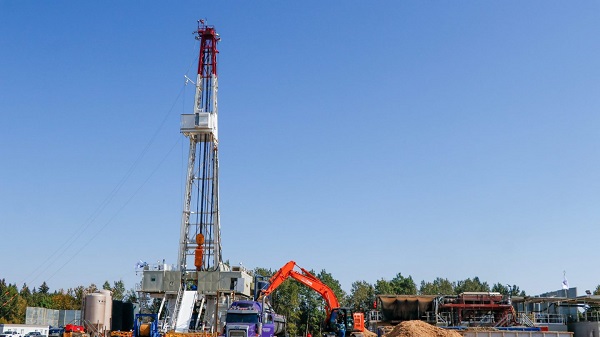
From the Canadian Energy Centre
$35-million Alberta challenge targets next-gen drilling opportunities
‘All transformative ideas are really eligible’
Forget the old image of a straight vertical oil and gas well.
In Western Canada, engineers now steer wells for kilometres underground with remarkable precision, tapping vast energy resources from a single spot on the surface.
The sector is continually evolving as operators pursue next-generation drilling technologies that lower costs while opening new opportunities and reducing environmental impacts.
But many promising innovations never reach the market because of high development costs and limited opportunities for real-world testing, according to Emissions Reduction Alberta (ERA).
That’s why ERA is launching the Drilling Technology Challenge, which will invest up to $35 million to advance new drilling and subsurface technologies.
“The focus isn’t just on drilling, it’s about building our future economy, helping reduce emissions, creating new industries and making sure we remain a responsible leader in energy development for decades to come,” said ERA CEO Justin Riemer.
And it’s not just about oil and gas. ERA says emerging technologies can unlock new resource opportunities such as geothermal energy, deep geological CO₂ storage and critical minerals extraction.
“Alberta’s wealth comes from our natural resources, most of which are extracted through drilling and other subsurface technologies,” said Gurpreet Lail, CEO of Enserva, which represents energy service companies.
ERA funding for the challenge will range from $250,000 to $8 million per project.
Eligible technologies include advanced drilling systems, downhole tools and sensors; AI-enabled automation and optimization; low-impact rigs and fluids; geothermal and critical mineral drilling applications; and supporting infrastructure like mobile labs and simulation platforms.
“All transformative ideas are really eligible for this call,” Riemer said, noting that AI-based technologies are likely to play a growing role.
“I think what we’re seeing is that the wells of the future are going to be guided by smart sensors and real-time data. You’re going to have a lot of AI-driven controls that help operators make instant decisions and avoid problems.”
Applications for the Drilling Technology Challenge close January 29, 2026.
Alberta
New era of police accountability

The Police Review Commission (PRC) is now fully operational, giving Albertans a single, independent process to file policing complaints and ensure accountability.
Alberta’s government is putting the province at the forefront of police oversight in Canada with the creation of the PRC. This new commission replaces the current patchwork of police investigating police with one independent body responsible for receiving complaints, conducting investigations and overseeing disciplinary hearings. By centralizing these functions within a single, independent agency, Alberta is ensuring complaints are handled fairly and consistently.
“The Police Review Commission represents a new era in how Alberta addresses policing complaints. These changes are part of a broader paradigm shift where police are no longer seen as an arm of the state, but rather an extension and a reflection of the community they serve. As an independent agency, it is committed to fairness, accountability and public trust, ensuring every complaint is investigated impartially and resolved openly.”
The Police Amendment Act, 2022 laid the groundwork for this new model, establishing a modern approach to oversight built on accountability, consistency and public confidence. The PRC will manage the full complaints process from receiving and assessing, to investigating and resolving complaints related to police conduct, including serious incidents and statutory offences.
“The Alberta Association of Chiefs of Police welcomes the launch of the Police Review Commission as a meaningful step toward enhanced oversight and greater transparency in policing. By ensuring complaints are reviewed fairly and impartially, the Commission will help strengthen accountability and reinforce public trust in Alberta’s police agencies. Police leaders across the province are committed to working with the Commission and our communities to ensure every Albertan has confidence in the integrity of our police services.”
A timely and transparent complaint resolution process is essential for both the public and police. That is why the PRC must complete investigations within 180 days, and if more time is needed, the chief executive officer must publicly report on delays and provide justification. This ensures clarity, predictability and accountability throughout the process. The commission will be arm’s length from government and police services, meaning people can have greater confidence that their complaints will be investigated and resolved impartially.
“Our goal is to build trust in policing by delivering timely resolutions and fair, consistent outcomes that put people first. Every complaint will be reviewed thoroughly and handled with the transparency and respect Albertans expect and deserve.”
The PRC can also initiate systemic reviews related to police conduct or emerging trends without the need for a public complaint, and these reviews must be made public. Together, these measures create a clear, accountable process that strengthens transparency, supports continuous improvement and enhances trust in how police oversight is carried out across Alberta.
“Public safety and the confidence the public has in our police services and service members are incumbent for effective and responsible service delivery. The PRC has been developed so that Albertans may have a responsible and impartial mechanism to voice concerns regarding delivery of policing services in Alberta. I am confident that the PRC will be an inclusive and diverse representation of the communities, so we may better understand the most appropriate and effective way to respond to concerns regarding police services. I look forward to the positive outcomes for the community.”
The commission’s design was informed by engagement with Indigenous communities, law enforcement partners, municipal officials and community organizations, ensuring its structure and training reflect Alberta’s diversity and values.
Quick facts
- The PRC will handle complaints in three categories:
- Level 1: Death, serious injury and serious or sensitive allegations involving all police services in Alberta, as well as peace officer agencies.
- Level 2: Allegations of criminal and other statutory offences involving all police services in Alberta.
- Level 3: Complaints about non-criminal misconduct involving officers employed by municipal and First Nations police services.
- Complaints that fall outside the three categories will be referred to the appropriate bodies or agencies for review.
- The Alberta Serious Incident Response Team (ASIRT) will now operate under the PRC.
-

 Energy1 day ago
Energy1 day agoCanadians will soon be versed in massive West Coast LPG mega-project
-
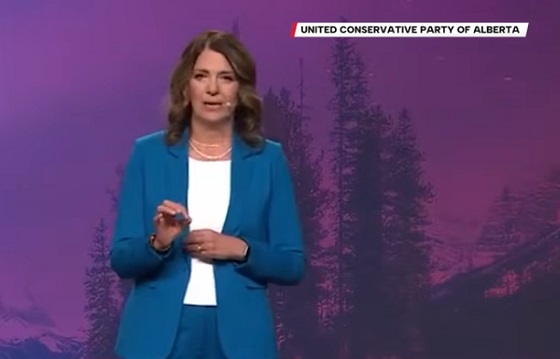
 Alberta2 days ago
Alberta2 days agoKeynote address of Premier Danielle Smith at 2025 UCP AGM
-

 Alberta2 days ago
Alberta2 days agoNet Zero goal is a fundamental flaw in the Ottawa-Alberta MOU
-
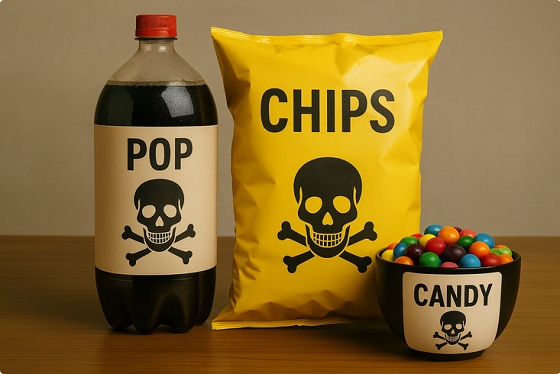
 Food2 days ago
Food2 days agoCanada Still Serves Up Food Dyes The FDA Has Banned
-

 Addictions2 days ago
Addictions2 days agoManitoba Is Doubling Down On A Failed Drug Policy
-

 COVID-192 days ago
COVID-192 days agoFDA says COVID shots ‘killed’ at least 10 children, promises new vaccine safeguards
-

 Daily Caller1 day ago
Daily Caller1 day agoTom Homan Predicts Deportation Of Most Third World Migrants Over Risks From Screening Docs
-
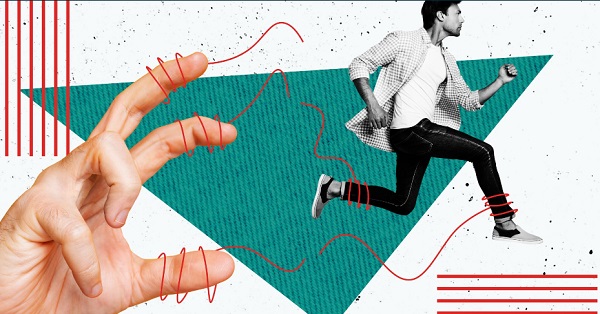
 C2C Journal18 hours ago
C2C Journal18 hours agoLearning the Truth about “Children’s Graves” and Residential Schools is More Important than Ever



